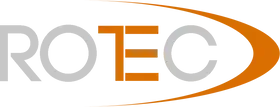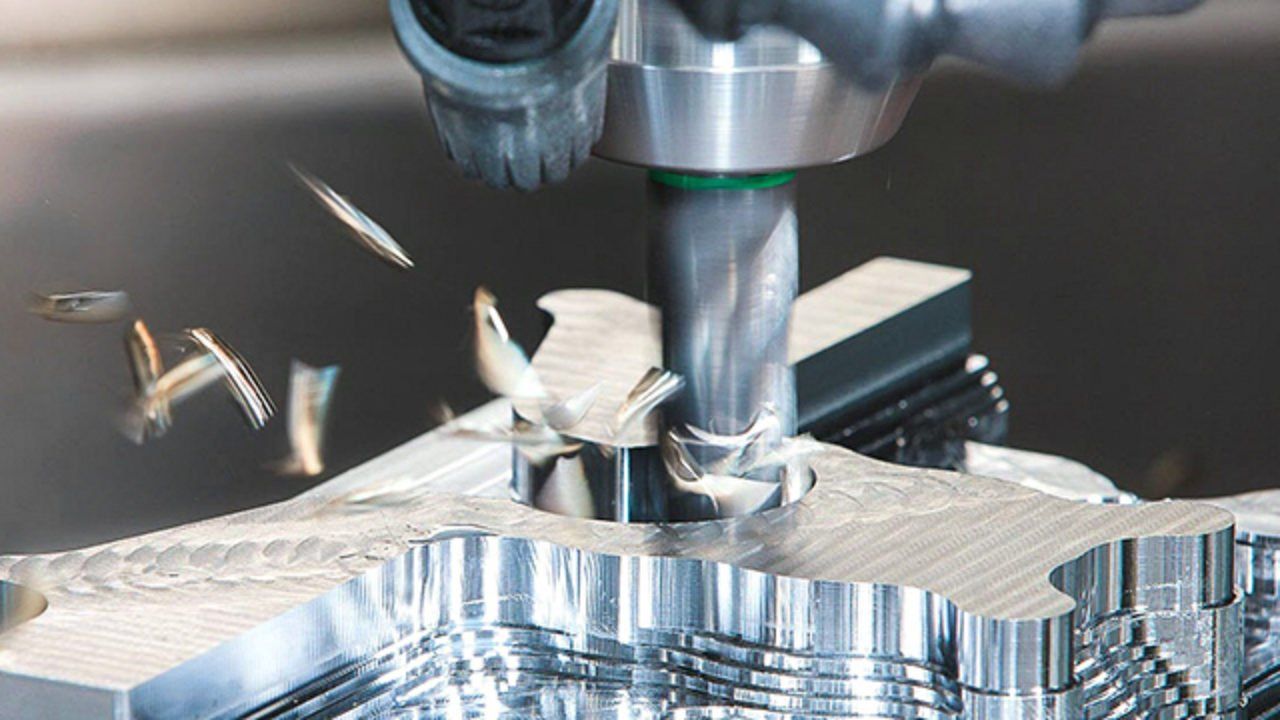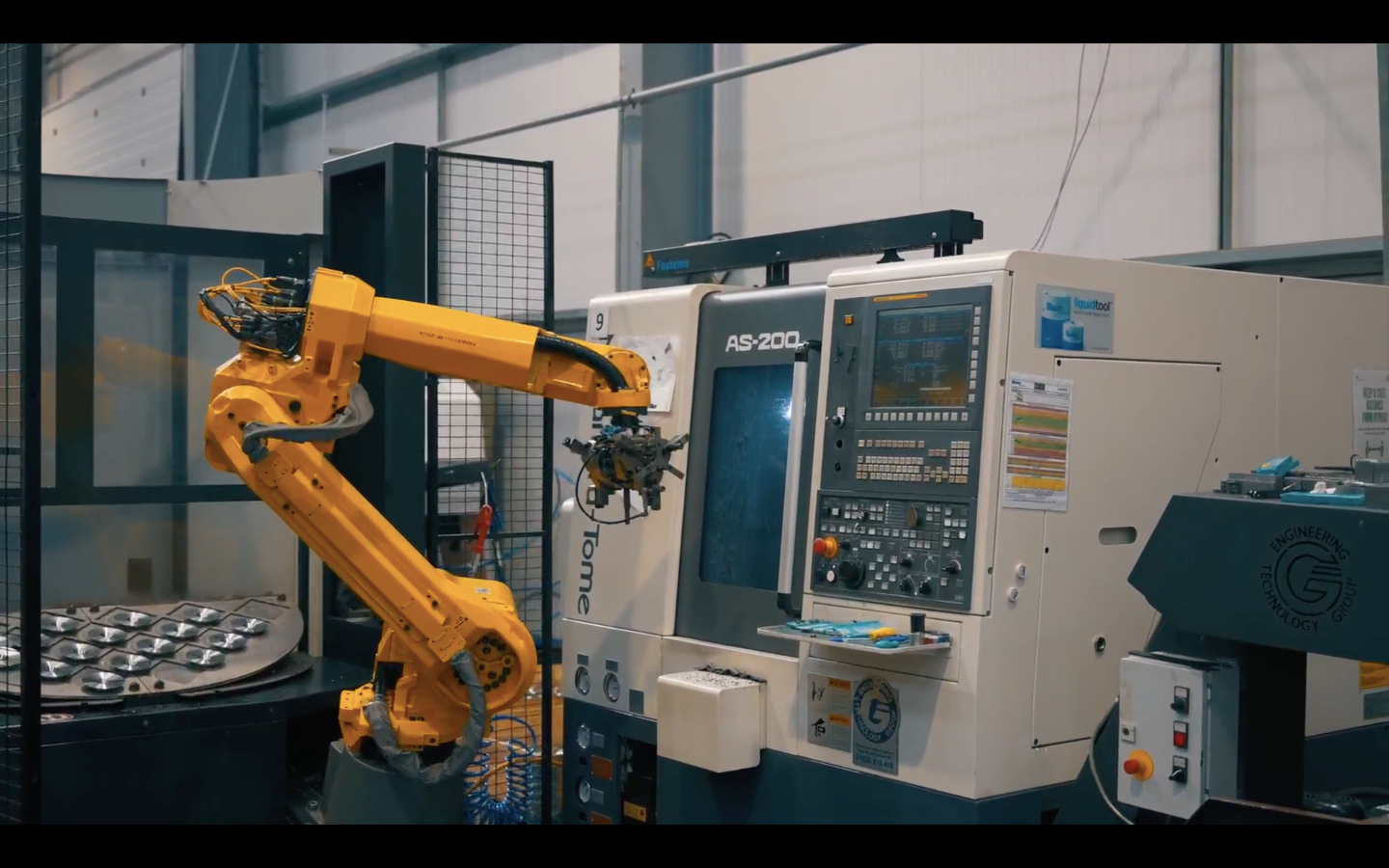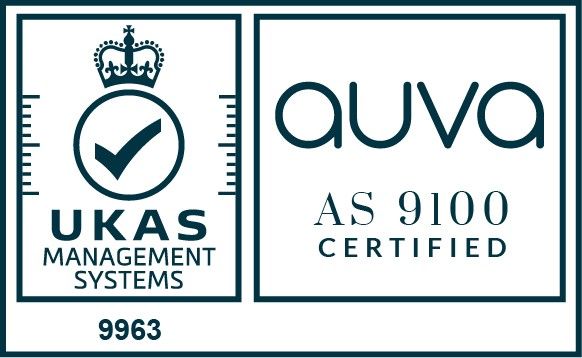~ A Comprehensive Guide to CNC Production Machining ~
CNC production machining has revolutionised modern manufacturing, enabling the mass production of complex parts with unparalleled precision and efficiency.
CNC production machining is considered a key technology for achieving high-volume, precision manufacturing. It enables the efficient production of complex parts across various industries, from automotive and electronics to aerospace and medical devices. By leveraging computer numerical control (CNC) technology, manufacturers can achieve high-volume output while maintaining stringent quality standards.
If you are a manufacturing professional or a product designer who wishes to understand
CNC production machining better, you have come to the right page! In this article, we will explore the basics of CNC production machining, its processes and applications, the types of machines used, and the role it plays in various industries. But first, let's understand what CNC production machining is.
What is CNC Production Machining?
CNC production machining is a manufacturing process that uses computer numerical control (CNC) technology to produce large quantities of complex parts with high precision. Unlike general CNC machining, which might focus on prototyping or small-batch production, CNC production machining is specifically designed for large-scale manufacturing. It employs advanced tooling, streamlined processes, and rigorous quality control measures to meet the demands of high-volume output while maintaining stringent quality standards. This technology is essential in industries such as automotive, aerospace, medical devices, and consumer goods, where precise and reliable production is critical.
The CNC Production Machining Process
CNC production machining starts with the creation of a detailed digital design using computer-aided design (CAD) software to create precise 2D or 3D models of the parts to be manufactured. This design is then converted into a machine-readable format using computer-aided manufacturing (CAM) software. The CNC machine executes the programmed instructions to produce the parts.
Programming CNC machines for production involves creating detailed instructions for each operation. This includes defining tool paths, speeds, and feeds. Automation plays a crucial role in CNC production machining, enabling machines to run continuously with minimal human intervention. Automated tool changers, pallet systems, and robotic loaders/unloaders are commonly used to enhance productivity and reduce downtime.
Types of CNC Machines for Production Machining
CNC Milling Machines
CNC milling machines are widely used in manufacturing environments for their ability to perform various operations such as cutting, drilling, and shaping. These machines are designed to handle large volumes and can operate along multiple axes to produce intricate parts.
CNC Lathes
CNC lathes are essential for producing cylindrical parts with high precision. In a manufacturing setting, these machines are optimised for speed and efficiency, often equipped with bar feeders and automatic part catchers to streamline the process.
CNC Routers
CNC routers are typically used for cutting and engraving materials like wood, plastic, and composites. In manufacturing scenarios, these machines are valued for their speed and ability to handle large workpieces, making them ideal for producing furniture, signage, and various components.
Specialised CNC Machines
In addition to milling machines, lathes, and routers, there are specialised CNC machines designed for particular tasks. These include CNC grinders for precision grinding, CNC plasma cutters for cutting metal sheets, and CNC waterjet cutters for slicing through various materials without heat distortion. Each of these machines is tailored to meet specific manufacturing requirements, enhancing efficiency and accuracy in large-scale operations.
Applications of CNC Production Machining
Automotive Industry
The automotive industry relies heavily on CNC production machining for the manufacture of various components, including engine parts, transmission components, and brake systems. The precision and repeatability of CNC machining ensure that each part meets stringent quality and performance standards. High-volume output is essential in this industry, where thousands of parts must be produced consistently and efficiently.
Aerospace Manufacturing
Aerospace manufacturing demands extremely high precision and quality due to the safety-critical nature of the components produced. CNC production machining is used to create complex parts for aircraft engines, landing gear, and structural components. The ability to machine high-strength materials like titanium and aluminium alloys with high accuracy is crucial in this sector.
Medical Device Production
The medical industry requires parts with intricate geometries and tight tolerances. CNC production machining is used to manufacture medical implants, surgical instruments, and diagnostic equipment. The high degree of accuracy and consistency provided by CNC machines ensures that medical devices meet strict regulatory standards.
Electronics and Consumer Goods
CNC production machining plays a vital role in the electronics industry, where it is used to produce components such as enclosures, heat sinks, and connectors. In the consumer goods sector, CNC machines are employed to create parts for household appliances, gadgets, and toys. The ability to produce large volumes of parts quickly and with consistent quality is a significant advantage in these markets.
High-Volume Custom Manufacturing
Many industries require customised parts in large quantities. CNC production machining allows manufacturers to quickly switch between different designs and produce customised parts without sacrificing efficiency or quality. This flexibility is particularly valuable in industries such as industrial machinery and equipment, where bespoke solutions are often needed.
Advantages of CNC Production Machining
- Precision and Consistency in Mass Production
CNC production machining offers unparalleled precision, ensuring that each part is produced to exact specifications. This consistency is crucial in high-volume manufacturing, where even minor deviations can lead to significant issues down the line. The automated nature of CNC machining reduces human error, resulting in higher quality and fewer defects.
2. Efficiency and Reduced Production Time
CNC machines can operate continuously, significantly reducing production time compared to manual machining processes. Automated tool changers, pallet systems, and robotic loaders/unloaders further enhance efficiency by minimising downtime. This increased productivity allows manufacturers to meet tight deadlines and reduce lead times.
3. Scalability and Flexibility for Various Volumes
CNC production machining is highly scalable, making it suitable for both small and large production runs. The ability to quickly reprogram CNC machines allows manufacturers to adapt to changing demands and produce different parts without extensive retooling. This flexibility is invaluable in industries where product designs frequently change or customisation is required.
4. Cost-Effectiveness for Large-Scale Manufacturing
While the initial investment in CNC machinery can be high, the long-term cost savings are substantial. Automated processes reduce labour costs, and the efficiency of CNC machines lowers per-unit production costs. Additionally, the reduction in waste and rework due to the precision of CNC machining further enhances cost-effectiveness.
Challenges in CNC Production Machining and The Need for Expert Assistance
CNC production machining offers numerous advantages, including precision, efficiency, and scalability, but it is not without its challenges. Businesses seeking to harness these benefits often encounter various hurdles that can affect their production goals and overall efficiency. Understanding these challenges and working with experts in CNC production machining is crucial for overcoming obstacles and achieving successful outcomes.
- Initial Investment and Operational Costs
The cost of purchasing and setting up CNC machines can be significant. High-quality CNC equipment and the necessary infrastructure, such as tooling, software, and maintenance facilities, represent a considerable financial investment. Additionally, ongoing operational costs, including electricity, tooling, and consumables, need to be managed effectively to ensure profitability. Professionals in CNC production machining can help businesses optimise their processes to minimise costs, increase productivity, and achieve a better return on investment. Their insights into efficient machine use and maintenance can significantly reduce operational expenses.
2. Need for Skilled Technicians and Programmers
CNC production machining requires skilled operators and programmers to develop and maintain efficient production processes. Finding and training qualified personnel can be a challenge, particularly as the technology continues to evolve. Ensuring that staff are well-versed in the latest CNC programming languages, software, and machine operation is crucial for maintaining high productivity and quality standards.
3. Maintenance and Downtime Management
Regular maintenance is essential to keep CNC machines running smoothly and to prevent unexpected downtime. However, managing maintenance schedules and addressing machine failures promptly can be challenging without the right expertise. CNC production machining specialists can implement effective maintenance programmes and swiftly address issues, ensuring minimal disruption to production and keeping operations on track.
4. Material Limitations and Machining Complexities
While CNC machines can handle a wide range of materials, certain materials and complex geometries can present challenges. Hard-to-machine materials, such as high-strength alloys or composites, require specialised tooling and techniques. Additionally, achieving high precision with intricate designs may necessitate multiple setups or advanced multi-axis machines, adding complexity to the machining process.
5. Complexity of Machine Setup and Operation
Setting up CNC machines for production involves configuring complex parameters, including tool paths, speeds, and feeds. Ensuring that these settings are optimised for each specific part requires deep knowledge and experience. Incorrect setup can lead to inefficiencies, increased wear on tools, and even costly errors. Experts in CNC production machining possess the expertise to properly programme and calibrate machines, ensuring that each setup is optimised for maximum performance and minimal waste.
6. Precision and Quality Control
Maintaining high precision and consistent quality across large production runs is essential but can be difficult. Even minor deviations can lead to significant issues in mass-produced parts. CNC production machining experts implement rigorous quality control measures and use advanced inspection techniques to monitor and ensure that parts meet exact specifications. Their expertise helps in identifying and rectifying potential issues before they affect the entire batch, thus maintaining the required standards.
7. Adaptation to Technological Advancements
The field of CNC machining is constantly evolving, with new technologies and techniques emerging regularly. Staying updated with the latest advancements and integrating them into production processes can be overwhelming. Working with experienced professionals ensures that businesses benefit from the latest innovations, such as AI-driven optimisation, multi-axis machining, and hybrid manufacturing techniques, enhancing their production capabilities and maintaining a competitive edge.
Innovations and Trends in CNC Production Machining
Integration of AI and Machine Learning
Artificial intelligence (AI) and machine learning are increasingly being integrated into CNC production machining. These technologies enable predictive maintenance, optimising tool life and reducing downtime. Machine learning algorithms can analyse vast amounts of data from the machining process to identify patterns and suggest improvements, leading to enhanced efficiency and quality.
Advances in Multi-Axis Machining
Multi-axis CNC machines, such as 5-axis mills, offer greater flexibility and precision in manufacturing complex parts. These machines can move the tool and workpiece along multiple axes simultaneously, allowing for intricate geometries and reducing the need for multiple setups. This capability is particularly beneficial in industries like aerospace and medical device manufacturing, where precision and complexity are paramount.
Adoption of Hybrid Manufacturing Techniques
Hybrid manufacturing combines CNC machining with additive manufacturing (3D printing) to leverage the strengths of both technologies. This approach allows for the creation of complex structures with additive processes, followed by precision finishing with CNC machining. Hybrid manufacturing is ideal for producing parts with intricate internal features and high surface finish requirements.
Development of Smart CNC Machines and Factories
The concept of smart factories, driven by Industry 4.0, is transforming CNC production machining. Smart CNC machines equipped with sensors and IoT (Internet of Things) connectivity can monitor their performance in real-time, enabling more efficient production management. These machines can communicate with each other and centralised control systems, facilitating seamless workflow integration and enhanced productivity.
Final Thoughts
While CNC production machining presents many opportunities for efficiency and precision, the associated challenges require specialised knowledge and experience to navigate effectively. Partnering with experts in CNC production machining allows businesses to bypass common pitfalls and achieve their production goals with greater ease.
For businesses looking to leverage the full potential of CNC production machining, Rotec offers unparalleled expertise and state-of-the-art technology. Our team at Rotec is dedicated to delivering high-precision, high-volume manufacturing solutions tailored to meet your specific needs. Whether you require intricate components for the automotive, aerospace, medical, or consumer goods sectors, we have the skills and equipment to exceed your expectations. To learn more about our CNC production machining capabilities and discuss your project,
contact us today!
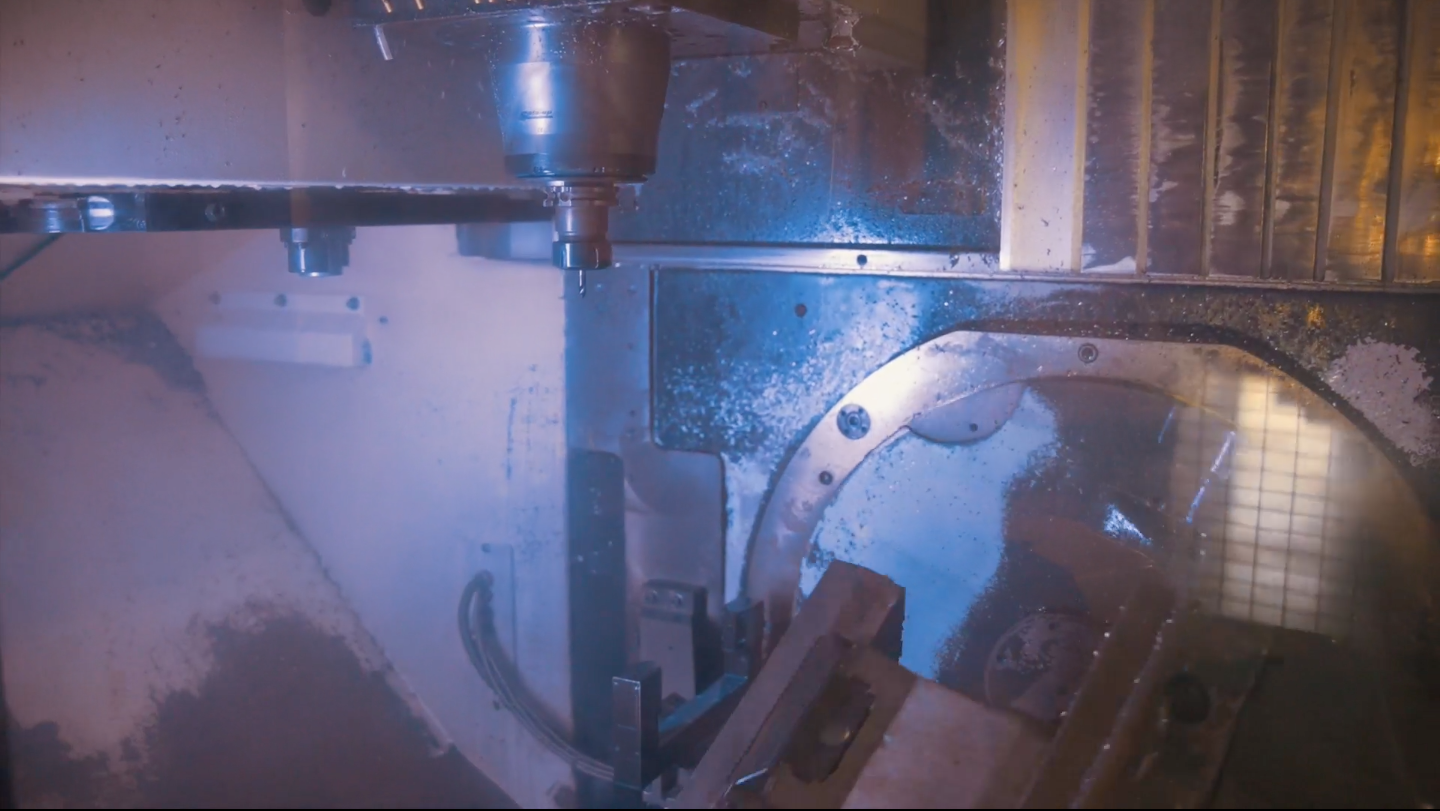
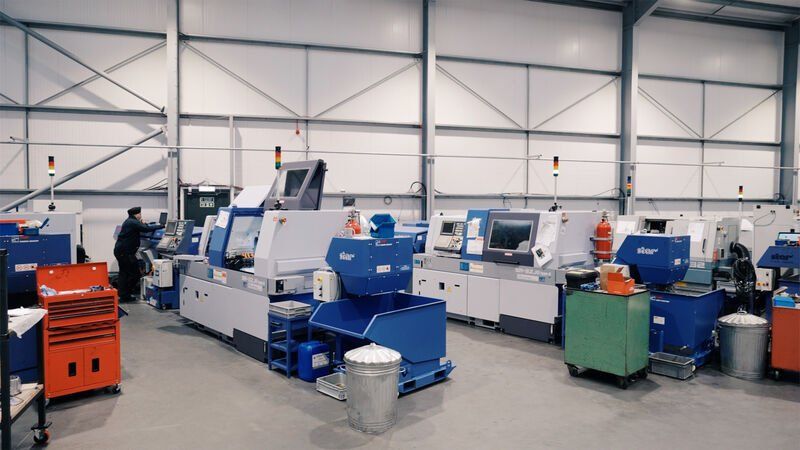
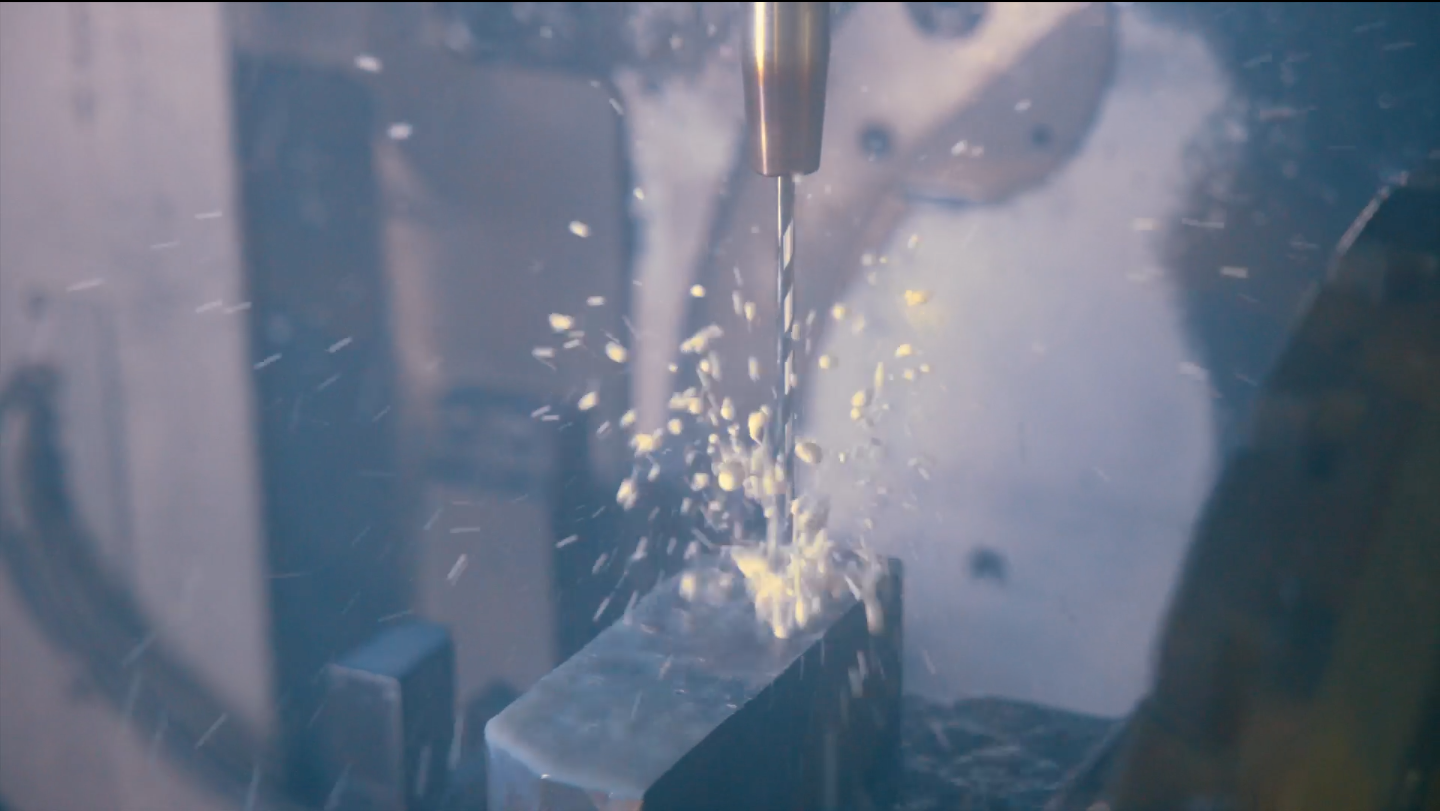
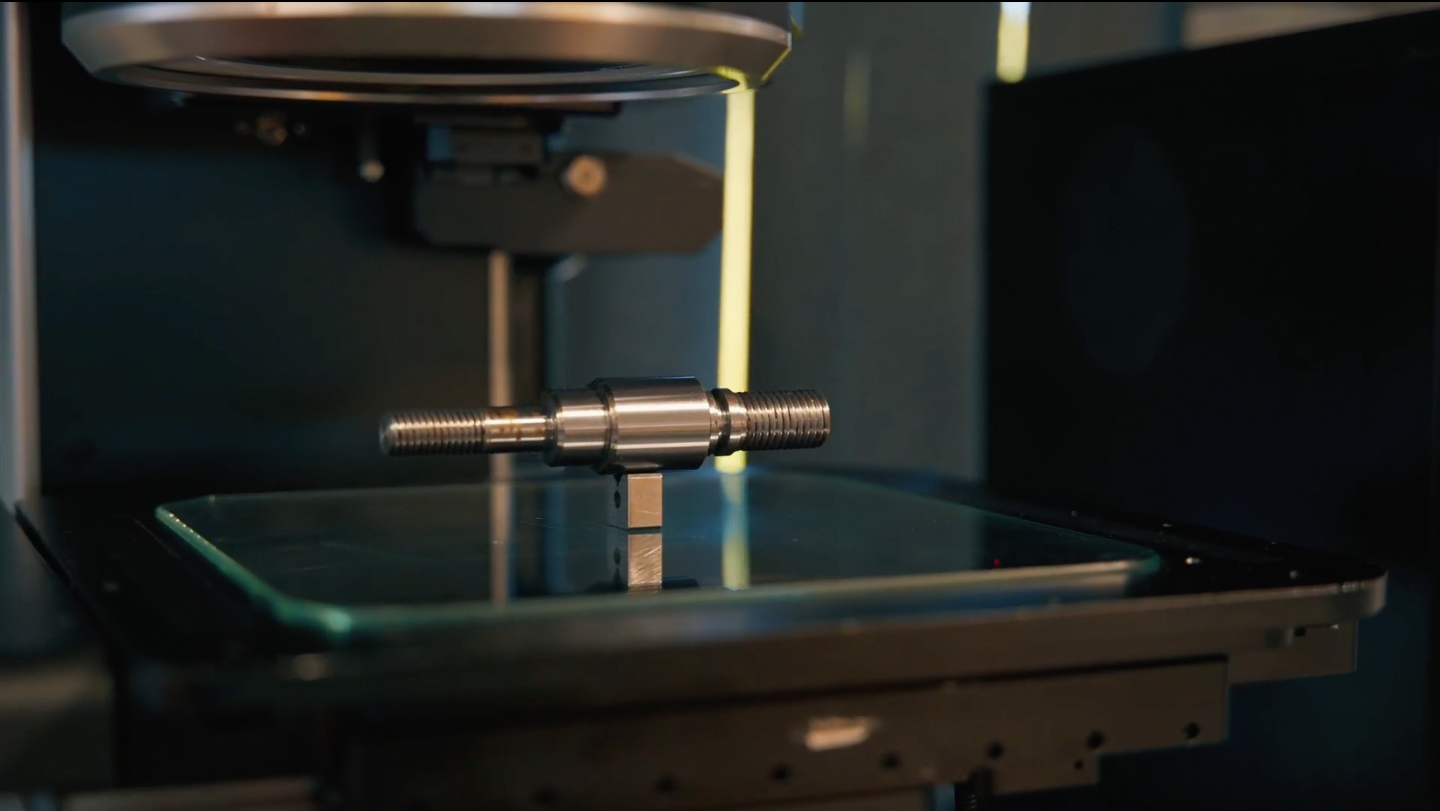
Rotec Aerospace Limited, Enterprise Way, Vale Business Park, Evesham WR11 1GS United Kingdom
Phone: 01386 424111
Email: Info@rotec-ltd.com
Office Hours :
Mon-Fri : 7:30am - 5pm
